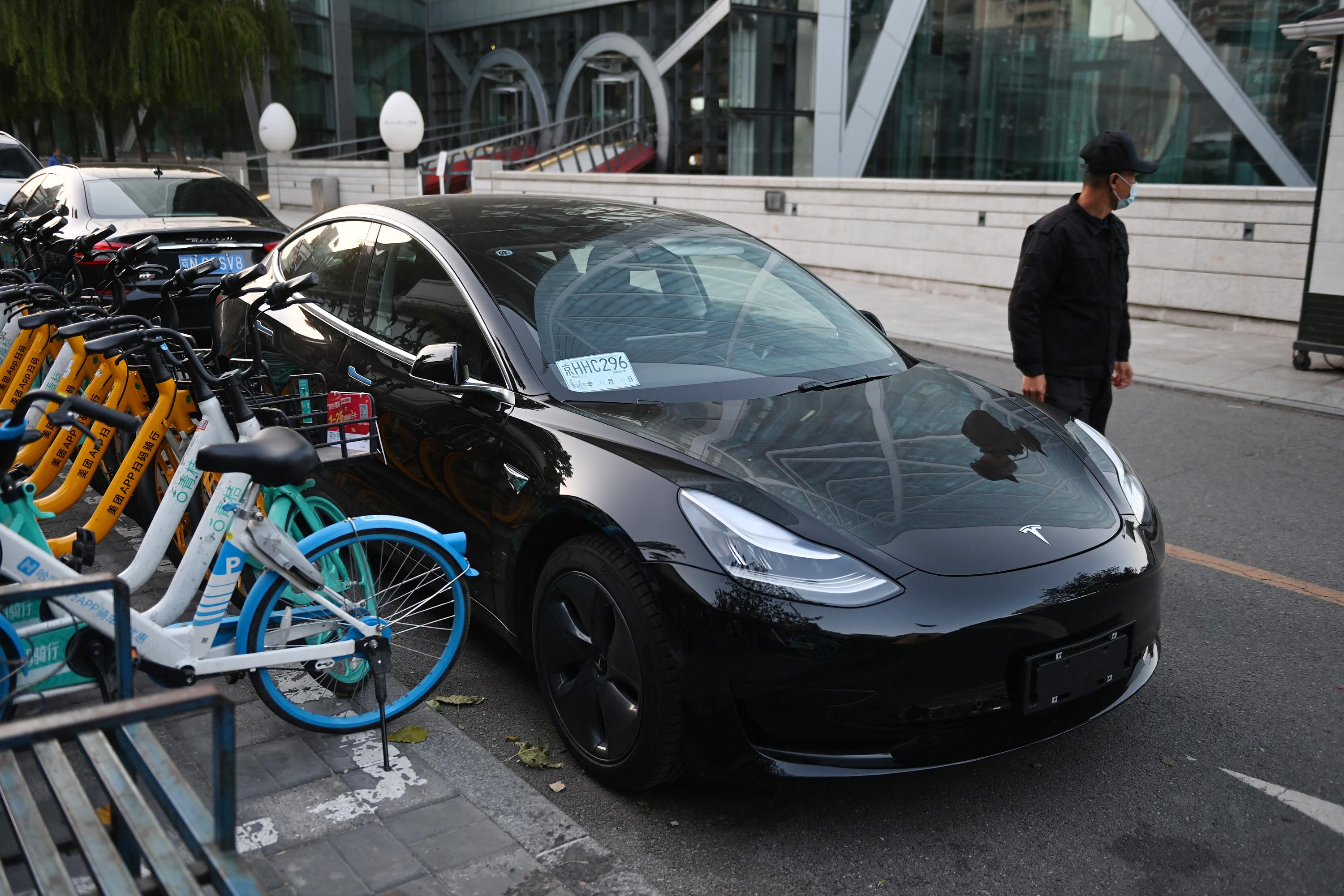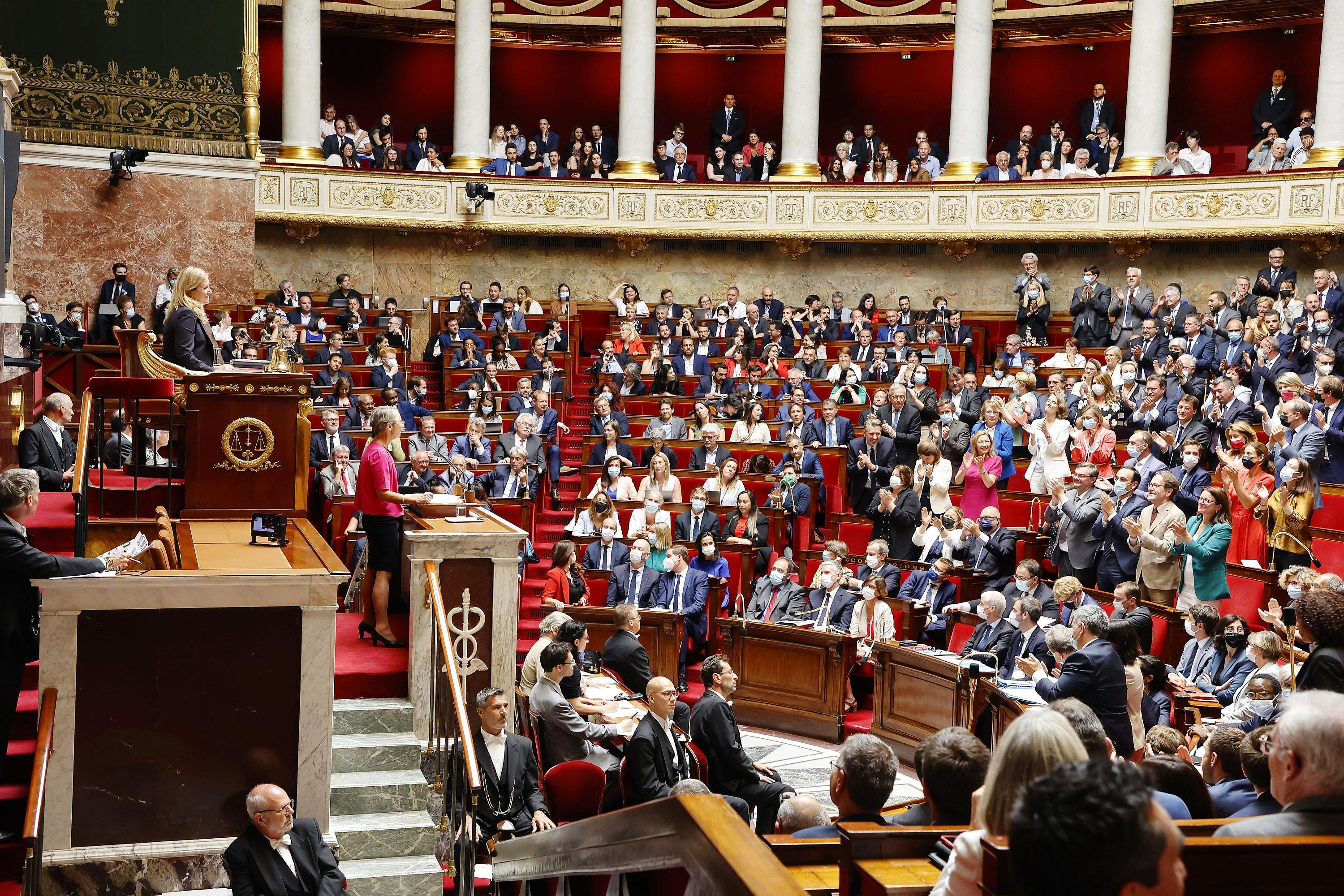You can see it from a French window but it is forbidden to enter it: guided tours allow you to have a glimpse of the famous balcony of the Imperial Palace in Vienna, from where Adolf Hitler had celebrated the Anschluss of his native country.
Eighty-five years after the annexation of Austria by Nazi Germany in March 1938, the House of Austrian History (HDGÖ) is organizing a series of sessions to "dispel the aura" surrounding de this promontory. She made this decision after the appearance of the monument in a controversial video recently broadcast by the far right, one year before the legislative elections in which the FPÖ party was declared the winner.
“We noticed a need, a curiosity in society,” museum director Monika Sommer told AFP, welcoming the “strong interest” aroused by this initiative. She also mentions “the need to educate” the public in the face of the proliferation of “false information” on the internet.
Among the 35 participants in the first visit on Thursday, Regina Steiner, a 59-year-old teacher, confirms the importance of “raising young people's awareness” of the fact that “terrible events have happened in Austria” and that history can “unfortunately to repeat". She hoped to be able to set foot on the balcony but the visitors found the door closed. Access is officially prohibited for security reasons, particularly due to the low height of the balustrade.
Also disappointed, Markus Mitterhuber, a 56-year-old theater actor, calls for an open discussion, “without taboos”. “We should dare to approach this place differently. Make it accessible to the public, for example in the form of visits, which could contribute to its desecration,” adds Ms. Sommer. The House of History has been advocating for years for an opening of the terrace, and launched a competition for ideas in 2019.
Only a handful of people were able to access it, including camp survivors like the Jewish writer and Nobel Peace Prize winner Elie Wiesel in 1992. Privileged people also had the right to organize a New Year's Eve there to celebrate the transition to peace. year 2000. As the HDGÖ wrote in the past, this balcony remains “like a finger in an ever-open wound”.
Austria has long denied its responsibility by presenting itself as “the first victim of Nazism”. It was only in the mid-1980s that a critical eye began to be exercised. The Alpine country, where a large part of the population had given Hitler a triumphal welcome, had provided a large contingent of cadres and soldiers to the Nazi regime and participated actively in the Holocaust.

 Who was Dror Or, the Israeli father who died as a hostage in the hands of Hamas?
Who was Dror Or, the Israeli father who died as a hostage in the hands of Hamas? “Pay in cash”: at his trial, Donald Trump faced with an embarrassing recording
“Pay in cash”: at his trial, Donald Trump faced with an embarrassing recording Italy: a grandmother accidentally serves a bottle filled with wine to a baby, he has an alcoholic coma
Italy: a grandmother accidentally serves a bottle filled with wine to a baby, he has an alcoholic coma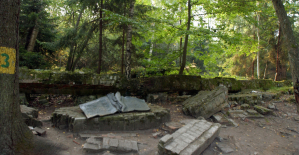 The mysterious skeletons of Hermann Göring's villa
The mysterious skeletons of Hermann Göring's villa Children born thanks to PMA do not have more cancers than others
Children born thanks to PMA do not have more cancers than others Breast cancer: less than one in two French women follow screening recommendations
Breast cancer: less than one in two French women follow screening recommendations “Dazzling” symptoms, 5,000 deaths per year, non-existent vaccine... What is Lassa fever, a case of which has been identified in Île-de-France?
“Dazzling” symptoms, 5,000 deaths per year, non-existent vaccine... What is Lassa fever, a case of which has been identified in Île-de-France? Sánchez cancels his agenda and considers resigning: "I need to stop and reflect"
Sánchez cancels his agenda and considers resigning: "I need to stop and reflect" After 50 years of existence, “Numbers and Letters” will disappear from the France Télévisions channels
After 50 years of existence, “Numbers and Letters” will disappear from the France Télévisions channels Macron reaffirms his desire not to increase taxes
Macron reaffirms his desire not to increase taxes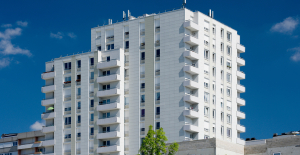 The expulsion of families of delinquents from HLM reinforced in the future Housing law?
The expulsion of families of delinquents from HLM reinforced in the future Housing law? Health carpooling, this source of savings which arouses the ire of patients and taxis
Health carpooling, this source of savings which arouses the ire of patients and taxis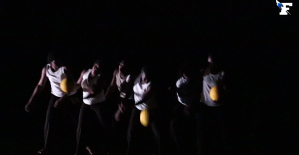 The incredible musical juggling of the Basketteuses de Bamako
The incredible musical juggling of the Basketteuses de Bamako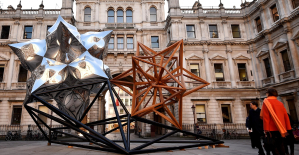 Death of Frank Stella, the most spectacular painter-sculptor
Death of Frank Stella, the most spectacular painter-sculptor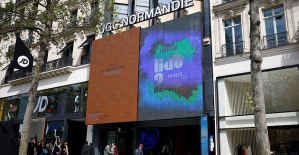 Film buff's memories of the Champs-Élysées, by Éric Neuhoff
Film buff's memories of the Champs-Élysées, by Éric Neuhoff Madonna thrills Brazilians on Copacabana beach
Madonna thrills Brazilians on Copacabana beach Omoda 7, another Chinese car that could be manufactured in Spain
Omoda 7, another Chinese car that could be manufactured in Spain BYD chooses CA Auto Bank as financial partner in Spain
BYD chooses CA Auto Bank as financial partner in Spain Tesla and Baidu sign key agreement to boost development of autonomous driving
Tesla and Baidu sign key agreement to boost development of autonomous driving Skoda Kodiaq 2024: a 'beast' plug-in hybrid SUV
Skoda Kodiaq 2024: a 'beast' plug-in hybrid SUV The home mortgage firm rises 3.8% in February and the average interest moderates to 3.33%
The home mortgage firm rises 3.8% in February and the average interest moderates to 3.33% This is how housing prices have changed in Spain in the last decade
This is how housing prices have changed in Spain in the last decade The home mortgage firm drops 10% in January and interest soars to 3.46%
The home mortgage firm drops 10% in January and interest soars to 3.46% The jewel of the Rocío de Nagüeles urbanization: a dream villa in Marbella
The jewel of the Rocío de Nagüeles urbanization: a dream villa in Marbella Facing Jordan Bardella, the popularity match turns to Gabriel Attal’s advantage
Facing Jordan Bardella, the popularity match turns to Gabriel Attal’s advantage Europeans: a senior official on the National Rally list
Europeans: a senior official on the National Rally list Blockade of Sciences Po: the right denounces a “drift”, the government charges the rebels
Blockade of Sciences Po: the right denounces a “drift”, the government charges the rebels Even on a mission for NATO, the Charles-de-Gaulle remains under French control, Lecornu responds to Mélenchon
Even on a mission for NATO, the Charles-de-Gaulle remains under French control, Lecornu responds to Mélenchon These French cities that will boycott the World Cup in Qatar
These French cities that will boycott the World Cup in Qatar Paris 2024 Olympics: Mbappé does not “think much” about the Games
Paris 2024 Olympics: Mbappé does not “think much” about the Games Rugby: a young pillar of the Vienna club, in the 3rd division, died in a car accident
Rugby: a young pillar of the Vienna club, in the 3rd division, died in a car accident Premier League: beaten by Liverpool, Tottenham moves away from the Champions League
Premier League: beaten by Liverpool, Tottenham moves away from the Champions League Bundesliga: Leverkusen easily disposes of Frankfurt, 48th consecutive match without defeat
Bundesliga: Leverkusen easily disposes of Frankfurt, 48th consecutive match without defeat




